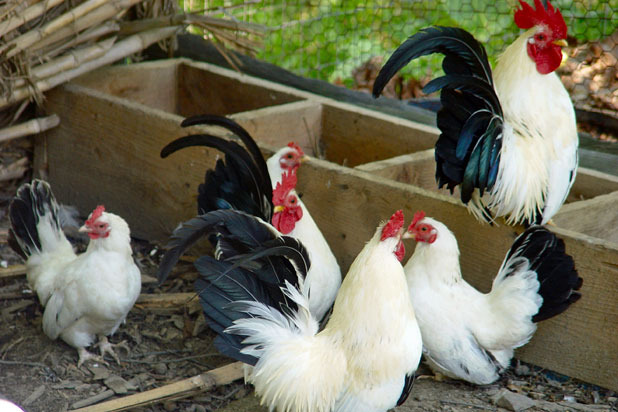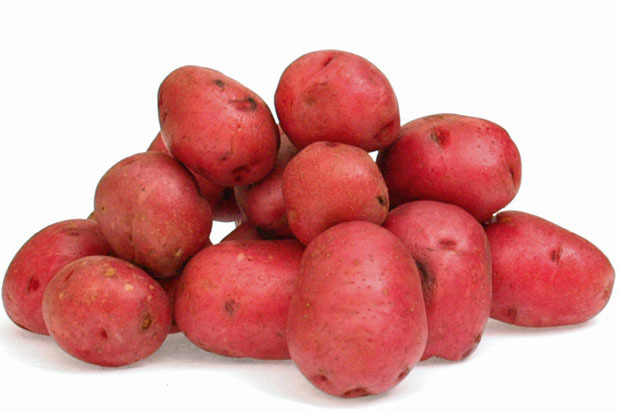10 Foods That Can Be Biofuels Slideshow
While you might not pour a bottle of apple cider into the gas tank, scientists discovered years ago that the fructose from fruits like apples and oranges, according to the BBC, could be used to make a kind of biofuel that may have even lower emissions than corn-based ethanol.
Pokeberries
Though the berries have to be cooked to be made edible, the weed's greens are often made into a Southern dish called poke salad, even spawning the Poke Salad Festival in Louisiana. Last May, Alternative Energy reported that a team from Wake Forest University was using the dye from the berries to make solar cells that can be converted to an energy source.
Mushrooms
While the enzymes in fungi can create energy in a similar manner as sugar, a couple years ago, Biomass Authority reported on Danish researchers mining the mushroom's genome. It seems that the regular old button mushroom can possibly enhance ethanol-type biofuels by breaking down the materials into sugars. Meaning that 'shrooms could very likely take you on a different type of trip than a hallucinogenic one.
Chicken
It may seem like the energy industry is getting into the offal dining trend, but using chicken entrails, blood, and even feathers (aka chicken meal) to create fertilizer is an age-old practice. Now, according to the New York Times, the University of Nevada is converting biodiesel from the boiled-down fat of the chicken meal.
Hazelnuts
That morning cup of hazelnut coffee may soon be doing more than fueling you up. Along with extracting biodiesel from the oil in coffee grounds, scientists have found that hazelnuts are also a legitimate source of oil. In addition, Extension.org reports that the outlook is promising because of the high yield and various naturally occurring compounds in hazelnut oil. Sounds delicious.
Palm Oil
One of the vegetable oils that are becoming next-generation biofuels, palm oil is also a ubiquitous ingredient in processed foods, from Cadbury chocolate to Cheez-It crackers. Unfortunately, there has been a downside to this source of renewable energy: the Southeast Asian rainforests being mined for the palm oil, an environmental issue for the European drivers who are already utilizing this biodiesel.
Wild Radish
The wild radish-derived biodiesel has already passed engine tests, according to Southeast Farm Press, but it's not exactly edible unless you're a honey bee. So in essence it's a part of our food chain, but mainly it's known as a fast-spreading weed that farmers use as a cover crop with seeds that have a high concentration of oil, making it viable as an easily renewable source.
Split Peas
Two things you may not know: North Dakota is a leader U.S. producer of dry peas, like those used in split pea soup, and that the starch-rich crop can be used to produce ethanol, like corn. And while these types of biofuels may someday overtake fossil fuels, North Dakota State University admits, "Corn prices would have to rise more than 20 percent before peas break even."
Dairy Products
Don't know what to do with that rancid butter? It could easily be transformed into biodiesel, as demonstrated by a USDA engineer who spoke with the New York Times in August. The lesson to be learned is not that scientists will be turning our beloved cheese and milk into fuel, but rather that the process can be used with all sorts of agricultural and industrial waste.
Potatoes
Plug into a... potato? Actually, scientists at the Hebrew University of Jerusalem are in fact using potatoes to power batteries. Though it's doubtful that spuds are more valuable running our engines than being mashed or fried, understanding the "hidden powers" of something as universally available as a potato will be key in developing biofuels.
